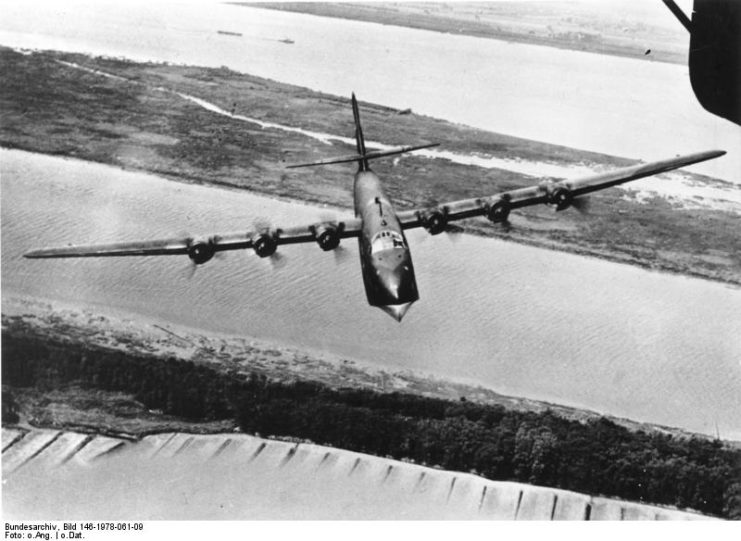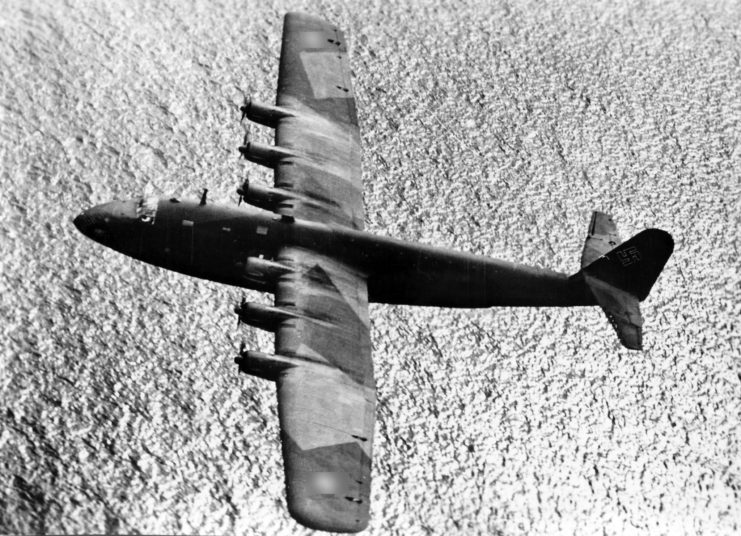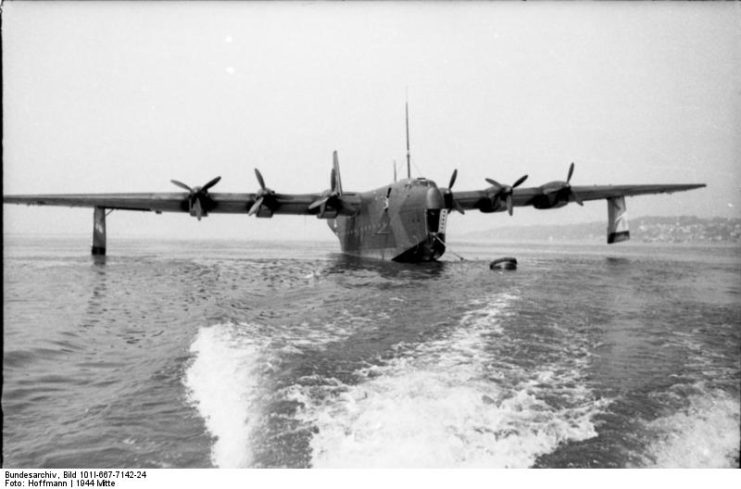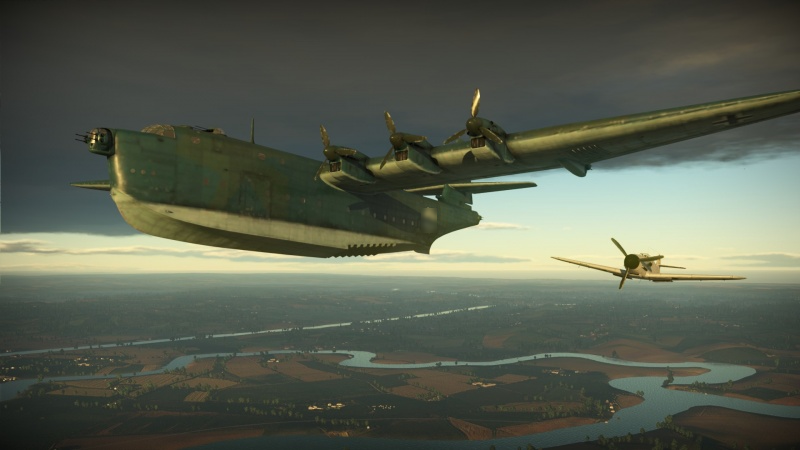For the first few decades after humanity conquered flight, flying boats consistently ranked among the largest aircraft in the world. In fact, the H-4 Hercules, which was built in the 1940s, is still one of the largest aircraft ever built. This trend continued during WWII, with Germany producing a flying boat that for a while was the heaviest aircraft ever constructed.
This makes sense as Germany… well, the Fuhr, had a fascination with enormous projects and machines. This aircraft was the Blohm & Voss BV 238, and like the Axis’ other huge-scale projects, bigger was not better.
This aquatic monster was powered by six engines and was the heaviest aircraft ever built at the time of its construction. While contemporary aircraft matched a few of its dimensions, nothing equaled its sheer weight and overall size for a while.
It came after a smaller but still huge flying boat from the same company.
The BV 222 Wiking

Before the BV 238 was the BV 222 Wiking, also a flying boat and also built by Blohm & Voss. The Wiking was 37 meters long (121 ft) and had a wingspan of 46 meters (150 ft), in comparison, the B-17 Flying Fortress had a wingspan of “just” 31 meters (103 ft). This 54-ton machine was the biggest seaplane to reach production status during the war.
The Wiking was designed in the 1930s as a commercial transport, but after the war broke out it was repurposed as a military transport where it could carry 92 troops. Interestingly, the Wiking was powered by six opposed diesel engines; an unusual configuration that allowed the Wiking to be refueled by U-boats.

Despite its impressive statistics, it would be dwarfed by the BV 238.
The BV 238

The BV 238 was designed from the start as a long-range military aircraft, although there is a distinct lack of information available for it. Development of this beast started in 1941, and soon into the project a quarter-scale model was ordered to test the new design.
However, the urgency of the war meant the designers had to carry on without the scale model, and as a result, it was never any use in the BV 238’s development. This new plane was bigger than the Wiking in pretty much every way. It was 43 meters long (142 ft), which wasn’t much bigger than the Wiking, but its wingspan was another story. At 60 meters (200 ft), the BV 238 had a larger wingspan than the B-52 Stratofortress. This is so big that you could have parked two B-17s side-by-side or six P-51 Mustangs end-on-end on top of its wings.
Fully loaded, the aircraft weighed 110 tons, making it the heaviest aircraft ever built at the time. The BV 238 was lifted off the ground by six Daimler-Benz DB 603G inverted V-12 engines that produced 1,900 hp each.
A pair of doors on the nose opened up to load and unload men (of which it could carry in the hundreds) and equipment. The wings were so big that they were fitted with passageways for the crew, so they could access the engines in flight.
Just a single BV 238 was built, and it first flew in 1944 (sources disagree on the exact year). Considering its absurd size and weight, the aircraft performed very well and it was immediately ordered into production. Respectable progress was made on a few more BV 238s, but the war ended before any more could be finished.
The single prototype wasn’t armed, but the production versions would have carried 20 mm and 13 mm guns in a number of positions.
The Germans proposed a land-based variant called the BV 250. This version would have featured landing gear with a retractable nose wheel, so the BV 250 “kneeled” down during loading and unloading. It would have been used as a long-range transport, bomber, and reconnaissance aircraft, and while prototypes were ordered, none were completed before the war ended.
The end of the BV 238
For such a mighty aircraft the BV 238 had a rather sad ending. While it was based in Lake Schaal to the east of Hamburg the BV 238 was discovered by the Allies. It was then attacked, either by British or American aircraft and sank.
The BV 238 sank in shallow waters and its wing poked out of the surface of the water. It was later salvaged, but when the war ended the Allies decided it would not be repaired, so it was towed out to deeper water and sunk.
Although its designers didn’t know it at the time, the BV 238 was among the final hurrah of the big flying boats, as interest was lost in this type of aircraft in the years following the war.
